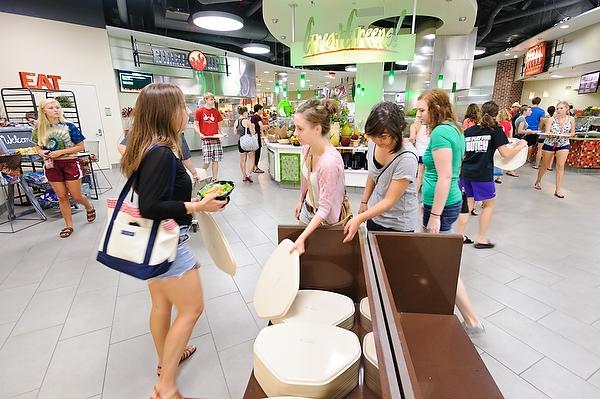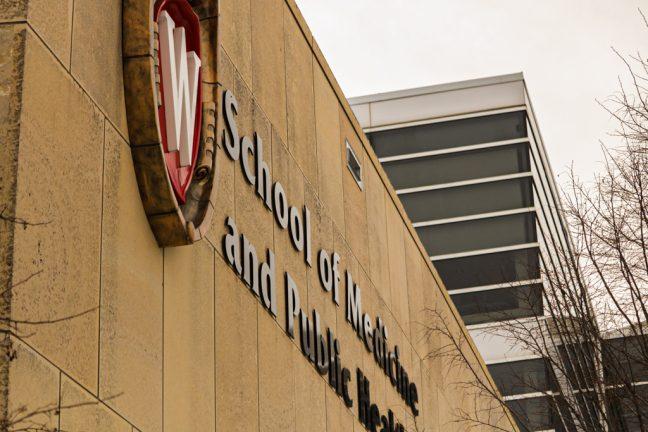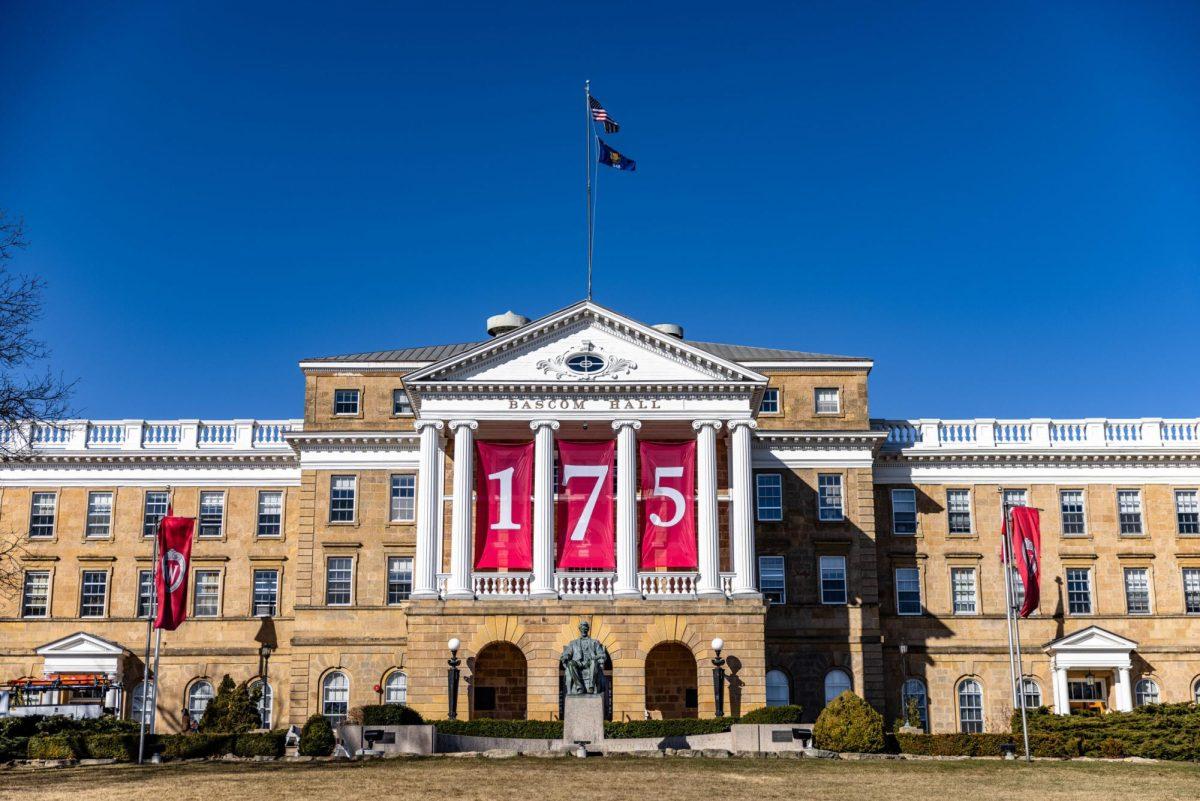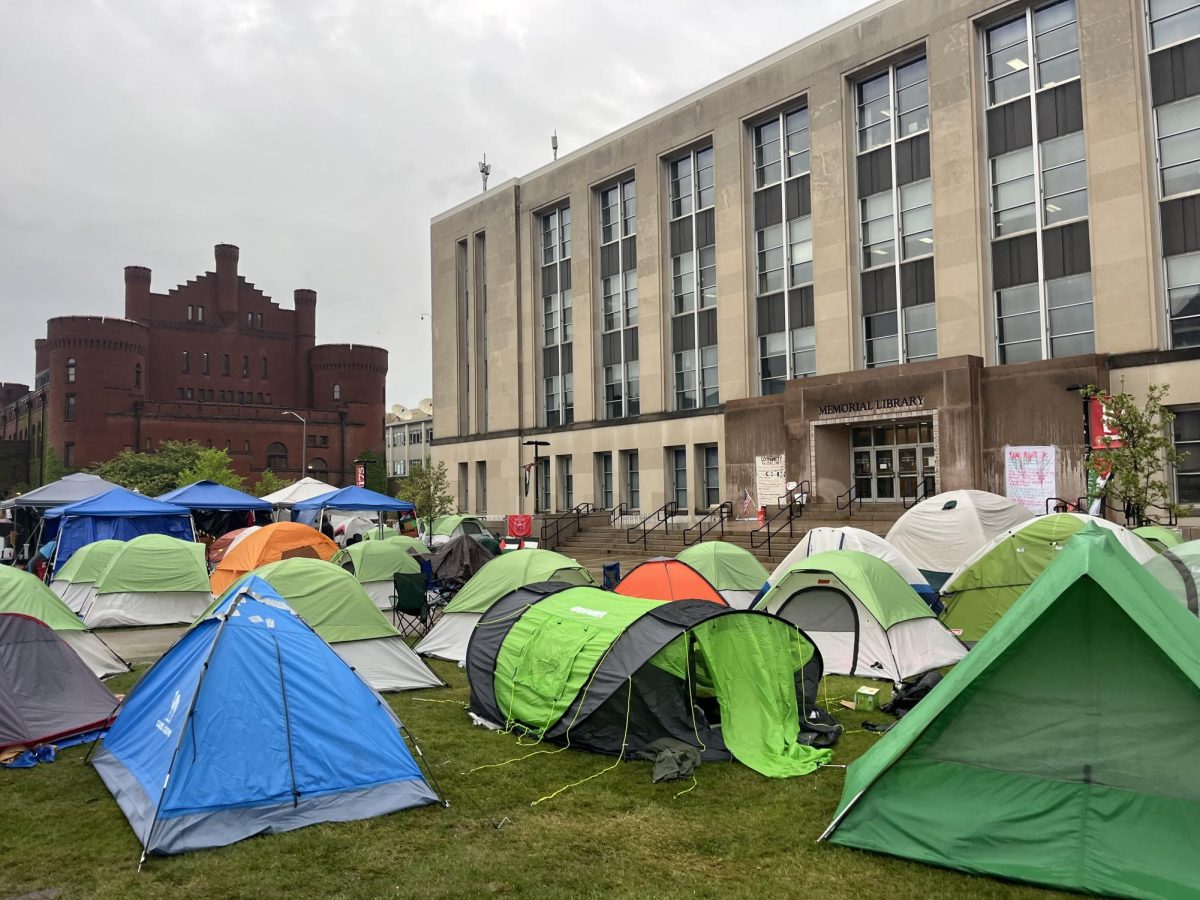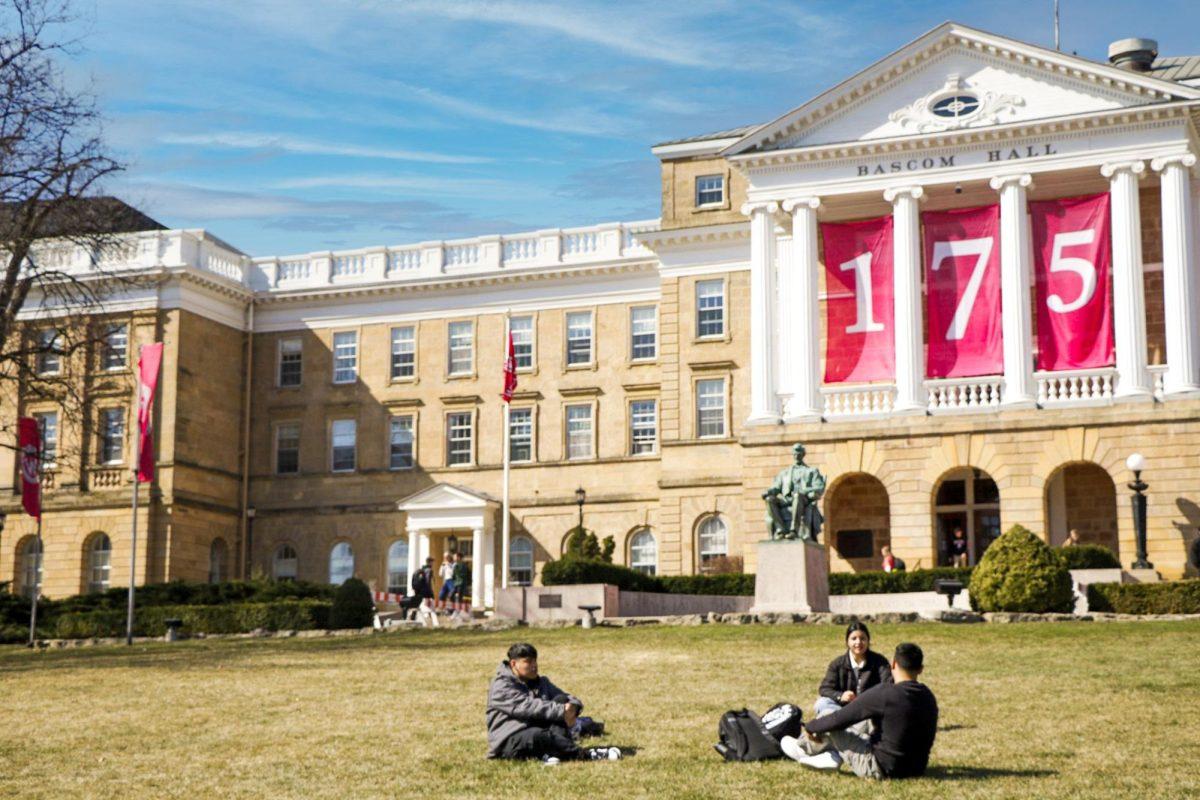March typically marks a time of high resignation numbers for student employees at University of Wisconsin dining halls, leaving these facilities to face hurdles of understaffing at daily peak hours.
According to data from the dining facilities, Gordon Market has a target student employment number of 525, but only 431 are currently employed. Four Lakes Market, on the Lakeshore side of campus, has a target of 380, but only 267 students work there now.
Julie Luke, associate director for UW dining halls, said dining facilities see fluctuations in employment throughout the year, especially in spring.
“[The applications] just aren’t coming in at the same pace they had been,” Luke said.
Luke said when the economy was doing poorly, applications for work were pouring in and a wait list formed, but lower demand for student jobs might be a reflection of an improving economy.
She said understaffing takes a toll on the work experience for those still employed, reflecting negatively on service to the customer. In response, managers try to personally connect with students to combat higher levels of resignation, Luke said.
“We try to figure out what it is and if there is anything that we could do with their work schedule that would foster keeping them to stay working in some of the tougher parts of their school year,” Luke said.
Tasia Martin, a student supervisor at Gordon, said dining facilities work around her busy schedule, especially during midterms season.
Midterm season is when the dining facilities see the highest turnover rate, she said, with students needing more time for academics. These resignations can leave holes in the schedule in peak hours of the day, she said.
“[We’re] figuring out the best strategies for having people select their shifts so things are covered in a nice fashion and the student employees here have a good work experience,” Luke said. “But that can go south sometimes, and real fast, if there are a lot of openings.”
To stabilize the schedule, each hour of the day is analyzed to try to precisely determine how many student employees will be needed to efficiently cover the dining facility, she said. She said the work is a “moving target” due to the variety of variables in determining staff needed at any given time of day.
To stabilize the work schedule, dining facilities considered adding more full time workers, although this can become complicated to implement within a tight budget, Luke said.
“There may be options for limited-term employment, and I think there are some considerations going on with that right now,” she said. “If we can stabilize more of the work hours maybe it would make it more of a positive experience for those [students] who are here.”
Martin said students may not see that the skills they learn in dining facilities are applicable to future jobs. Broadening this understanding and changing this mentality could help in retaining student employees, she said.
“I think that advertising and emphasizing our flexibility and higher wages could do something to ease the problem [of understaffing],” Martin said.








